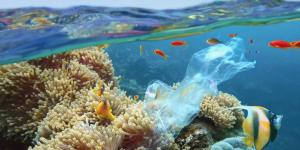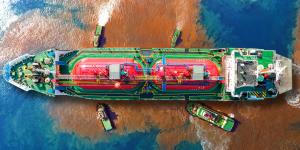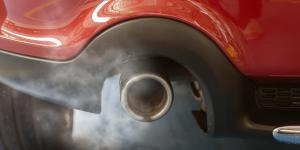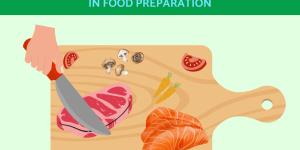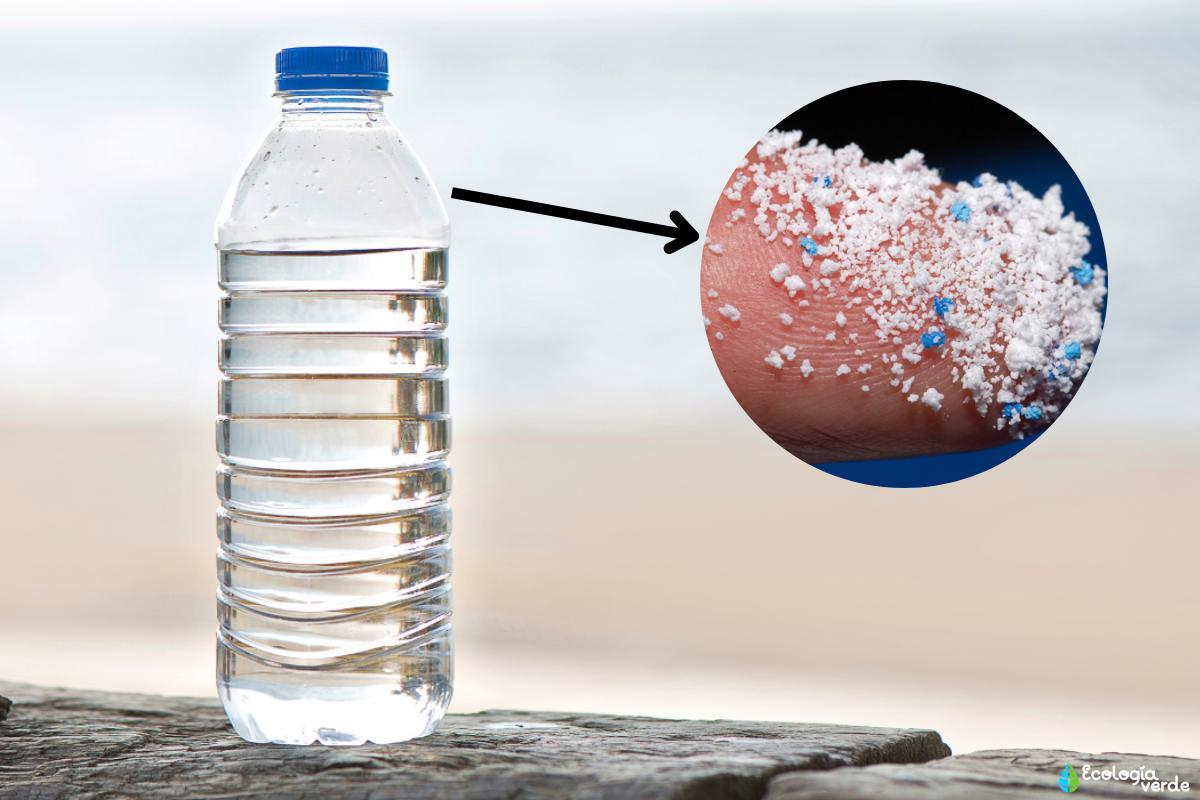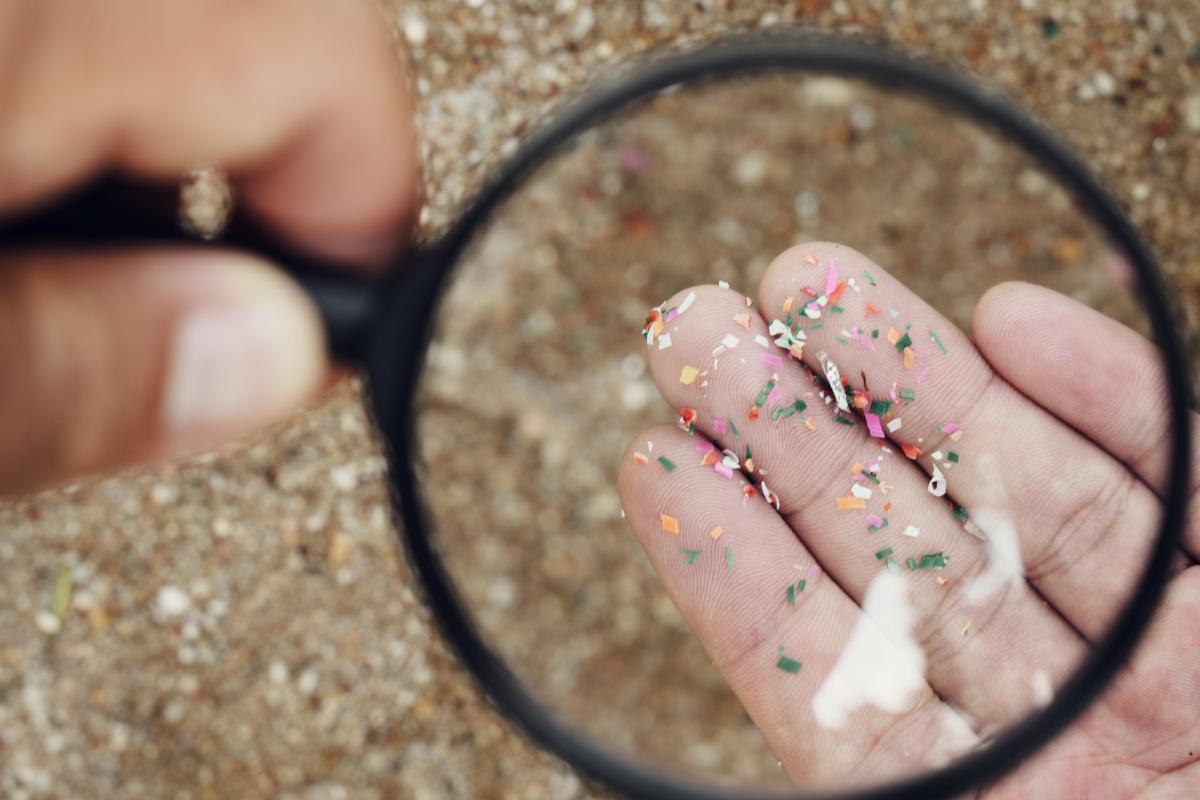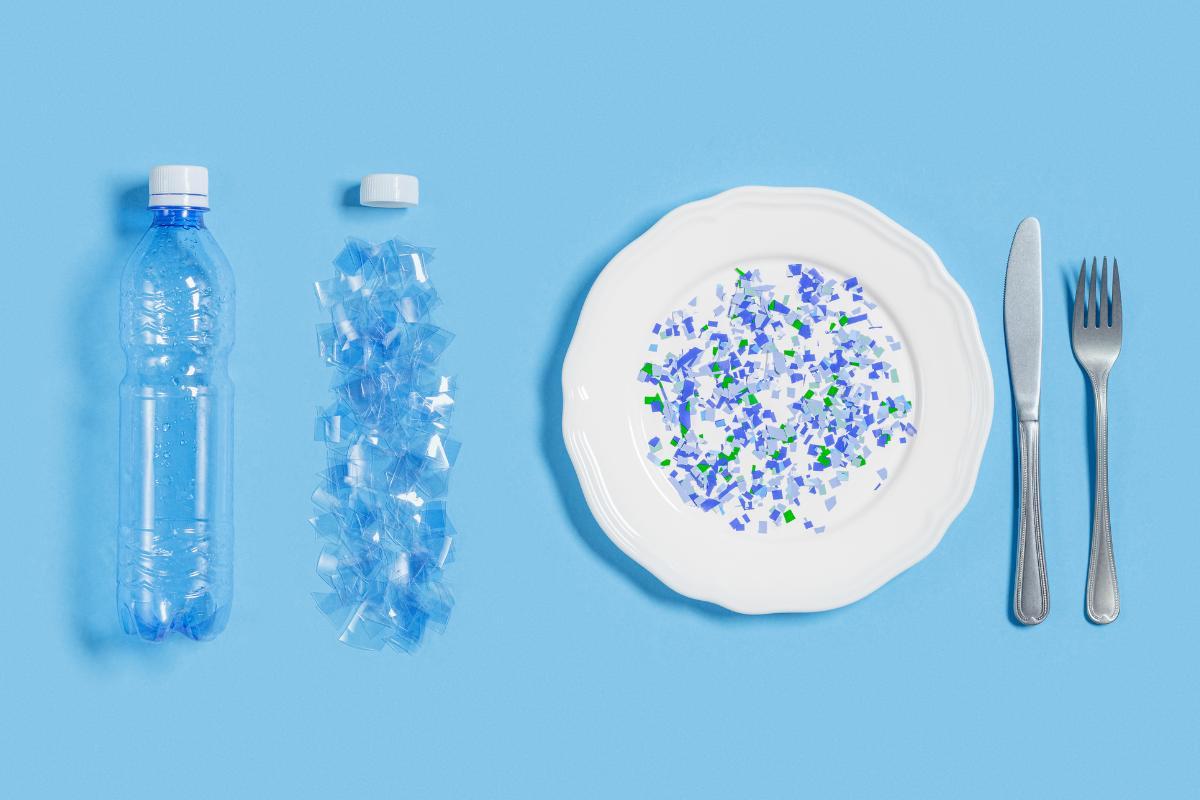How to Avoid Microplastics in Water


Microplastics are plastic particles that are less than 0.2" (5 mm) in size which can come from different sources. Regardless of their origins, their presence in the world's water has been exponentially increasing. Since they are found in water, they can even enter human tissue if they are sufficiently small. Depending on their source, they are classified as primary and secondary. They can be composed of materials such as nylon, polyethylene, polypropylene, among others.
Opting for glass bottles is an effective solution to avoid the release of microplastics in bottled water, but it is part of a multifaceted solution. If you want to know more about the types of microplastics in water, how they affect bottled water and more, thedailyECO reveals how to avoid microplastics in water.
What are microplastics in water?
Microplastics (MP) are plastic particles smaller than 5 mm in size. They are found in surface waters, oceans and even in various organisms. Currently, it is estimated that around 245 million tons of microplastics annually reach bodies of water, mainly through wastewater treatment plants (WWTPs) and discharges from urban areas, landfills and industrial areas.
Because of their small size and buoyancy, these microplastics are not removed from the water. They end up being released into rivers, streams, lagoons, lakes and oceans. Another possible source of these tiny plastics is accidental discharges such as those produced in the oceans during the transport of plastic resin pellets.
In addition to environmental pollution, microplastics can enter bottled water through the degradation of plastic containers or during the bottling process. Researchers from the EnviroPlaNet network have published a study that analyzed the presence of microplastics in bottled water[1]. The study analyzed five of the main brands of bottled water, accounting for 40% of the market. For each brand, a total of 45 litres of water were processed, contained in 1.5-litre plastic (PET) bottles. They found that bottled water has significantly more microplastics than tap water.
Keep reading as we look at how microplastics in the ocean and other types of water affect ecosystems and organisms.

Types of microplastics in water
Microplastics can originate from two different sources:
- Primary: these are manufactured plastics with a size less than 5 mm. These include industrial pellets which can be used to create plastic fragments included in personal care products such as toothpaste, shower gels and skin care products such as exfoliating scrub formulations. Learn more about why plastic pellets are bad for the environment.
- Secondary: microplastics produced as a consequence of physical degradation (often via heat or UV light), chemical (oxidation) and/or microbial degradation of plastics or larger fibers, which reach the environment due to inefficient waste management.
MPs come from different origins and are composed of different plastic materials, including:
- Pieces resulting from the degradation of bulky plastics made of polyethylene such as plastic bags and bottles, polystyrene (present in food containers), nylon, polypropylene (fabrics) or polyvinyl chloride (plastic pipes).
- Small plastic balls used in the manufacture of toys and soft pillows.
- Microspheres which are added to personal care products (such as toothpaste) to give them color, shine or even as a filling material.
Learn more about plastic pollution with our article explaining the 7 types of plastics.

What are the effects of microplastics in water?
Effects on humans
Microplastics in bottled water may pose a number of concerns for human health. Although studies on the direct effects on humans are still limited, the continued ingestion of these particles could have biological consequences[2]. Such consequences may include provoking immune and stress responses, as well as affecting reproductive and developmental processes.
Microplastics are capable of adsorbing toxic contaminants present in the environment, such as heavy metals or chemicals. These could be released into the body after consumption. Although there is no conclusive evidence on their bioaccumulation in humans, it is feared that they could affect health in the long term, as has been seen in other organisms.
Effects on aquatic and terrestrial organisms
Microplastics affect a wide variety of aquatic and terrestrial organisms, including companion animals such as dogs and cats. When ingested, these small fragments can clog the digestive system, causing animals to stop feeding. In severe cases, they die from starvation. Invertebrates can also be affected, disrupting food chains and biodiversity.
Companion animals, such as dogs and cats, can also be exposed to MP through water and food, with risks of digestive obstructions and internal damage to organs. Microplastics have the ability to carry toxic pollutants that attach to them, exacerbating the negative effects on wildlife and domestic animals. This prolonged exposure can cause skin damage, ulcerate internal organs and affect the overall health of animals.
As with humans, the presence of microplastics may reduce their ability to reproduce, develop and survive. Although more research is still needed on the long-term effects, it is clear that the presence of microplastics in the environment has a significant impact on animal health.
Studies have shown that seals have been found with PCB concentrations above 1,370 parts per billion. This is due to the fact that they consume fish contaminated with toxins and plastics. In turn, the presence of MP has been found in mussels, sea cucumbers, fish, birds, turtles and many marine mammals.
Effect on ecosystems
Half of the planet's primary production takes place in the marine environment, providing the energy needed to sustain a rich biodiversity. In addition, marine ecosystems are carbon sinks, as well as the basis of the economic livelihood of many countries thanks to tourism and fishing. Human activities, including microplastic pollution, damage these ecosystems. This prevents natural processes from taking place and affecting wildlife, ecological systems and human health.
Learn more about managing ocean industry in a way that reduces pollution with our article asking what is the blue economy?
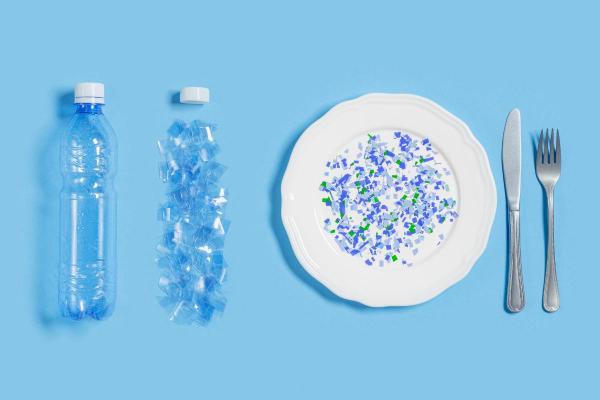
How to avoid microplastics in water
Although it is very complex to eliminate microplastics completely, there are alternatives that help us reduce their presence in the environment, specifically in water. Among them we can find:
- Use other materials: especially for disposable products such as water bottles, straws and cups. Opting for glass bottles for bottled water is a safer and more sustainable option, as it avoids the release of plastic particles that come from plastic packaging.
- Reject plastics: consumers have a great challenge when it comes to buying different products, as it is extremely important to choose those that have the lowest possible plastic content. The more plastics we reject in the market, the less MP will be generated in the future.
- Legislation: we need governments to not only reduce plastic usage, but to penalize plastic pollution in our oceans, rivers and other bodies of water. This should be directed towards the large companies that create the most microplastic pollution.
- Stop using hygiene products with microplastics: thankfully many countries have passed or initiated legislation banning the use of microbeads and other microplastics in hygiene products such as shower gels and toothpaste.
- Promote circular fashion: opting for fashion products that are sustainable and made from recyclable materials not only helps reduce the amount of plastic waste, but also promotes the circular economy where materials are reintroduced into the market instead of becoming waste. This type of thinking can also be applied to other industries.
- Action towards companies: sharing information about this problem on social media and in other spheres to raise awareness and critical thinking. We should direct our criticisms towards companies that refuse to reduce plastic usage and avoid purchasing their products or services.
Now that you know more about how to avoid microplastics in water, you may want to know about a more holistic approach to stopping pollution with our article on how to live zero waste.
If you want to read similar articles to How to Avoid Microplastics in Water, we recommend you visit our Pollution category.
1. Gálvez-Blanca, V., Edo, C., González-Pleiter, M. et al. Microplastics and non-natural cellulosic particles in Spanish bottled drinking water. Sci Rep, 14, 11089 (2024).
https://doi.org/10.1038/s41598-024-62075-2
2. Blackburn, K., & Green, D. (2022). The potential effects of microplastics on human health: What is known and what is unknown. Ambio, 51(3), 518–530.
https://doi.org/10.1007/s13280-021-01589-9
- Sarria-Villa, R. A., & Gallo-Corredor, J. A. (2016). The great environmental problem of plastic waste: Microplastics. Journal of Science and Engineering, 8(1), 21-27.
- Vidal, L., Molina, A., & Duque, G. (2021). Increased microplastic pollution in surface waters of Buenaventura Bay, Colombian Pacific.
- Gálvez-Blanca, V., et al. (2023). Occurrence and size distribution study of microplastics in household water from different cities in continental Spain and the Canary Islands. Water research, 238, 120044. https://doi.org/10.1016/j.watres.2023.120044

